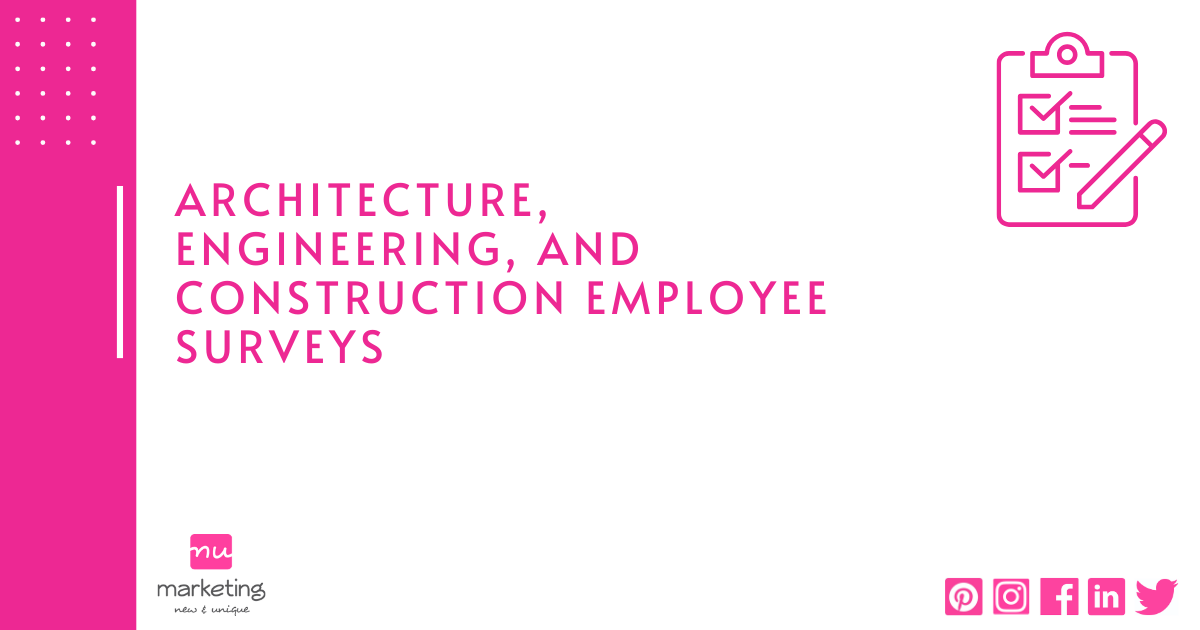
Best Place to Work
Employee surveys — whether conducted internally or by a third party — help build employee morale, increase engagement, and retain the best employees. A minimum of once a year, your firm should conduct employee surveys. These help you identify your firm’s strengths as well as what could use improvement from an employee’s perspective. As with client surveys, remember that not everyone will be 100% happy, but try to listen to the majority of positive and negative comments.
The employee surveys are most easily delivered by email. Feedback should remain anonymous which makes employees more comfortable, being open and honest. There are several online surveying tools a firm can use to gather the information (such as www.surveymonkey.com). The series of questions should include a mix of multiple choice, ranking, rating, and open-ended questions. The survey shouldn’t take longer than 10 minutes, but with that said, make sure your questions are thorough.
Once the employees have done their part, it’s time for you to do yours. If you’re going to conduct these surveys, then you need to be willing and ready to act upon the suggestions and recommendations! When employees fill out a survey and nothing changes, they won’t feel the need to be honest or put thought into any future surveys. As a firm, you must keep your promise to make the changes. There will be some things you can’t (or aren’t willing to) change, but just be open and communicate that to your employees.
Additionally, share what you plan to do with the survey results and why it’s important for employees to participate. You want their opinions and ideas in order to create a fun, rewarding, and engaging place to work. Once the results are summarized, communicate your plan on what the firm is going to implement. This is instrumental to the process, because something MUST be executed in order for your employees to continue to trust the leaders of the firm. The results, summary, and plan for implementation can be presented over a company breakfast or lunch. The presentation and plan should be simple, yet direct, and not too lengthy (about 20 minutes should be sufficient).
For example, a contracting firm conducted email surveys and several face-to-face surveys using an outsourced party to gather information about the perception of the firm. The questions were crafted toward the company in both English and Spanish through an online surveying tool. Both office and field staff were encouraged to complete the surveys. As an incentive, the company provided lunch because over 90% of the employees had filled out the survey. That’s pretty impressive! It was a small price to pay for the wealth of insight received.
Once the results were gathered and summarized, the leadership team communicated with the employees what was going to be implemented. The majority of suggestions related to hiring an operations manager to help direct workforce, forecast pipeline, train field staff, and many other duties. Although it didn’t happen immediately, eighteen months later they found the perfect candidate for the position. The projects run smoother, there is better communication among the supervising and field staff, and additional training is being provided to employees.
There were several other suggestions that were also put into action by the leadership team, which reinforces the idea of employees providing honest feedback. Having this data in conjunction with client surveys can be even more powerful, because there may be some overlap. It’s worth the investment of asking your employees what they think, because they may just have the next great idea!



